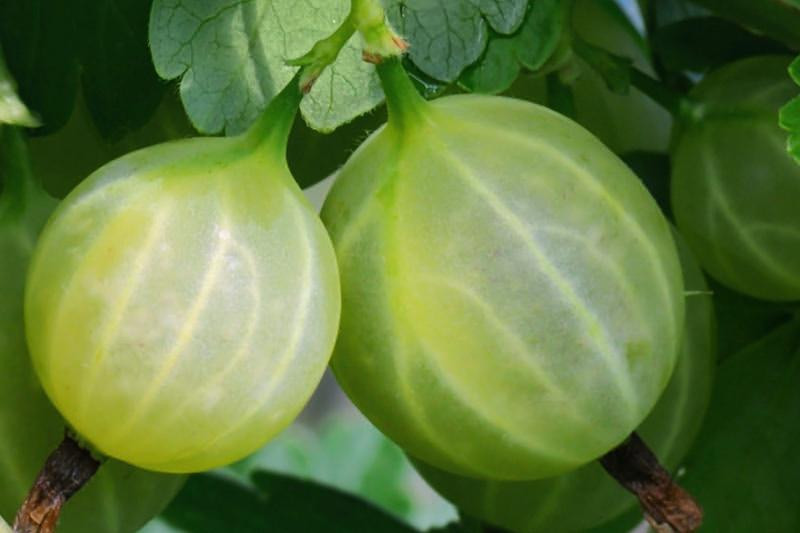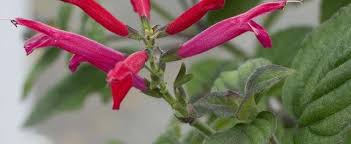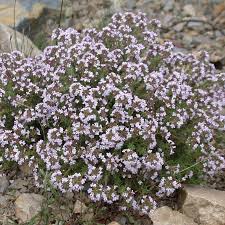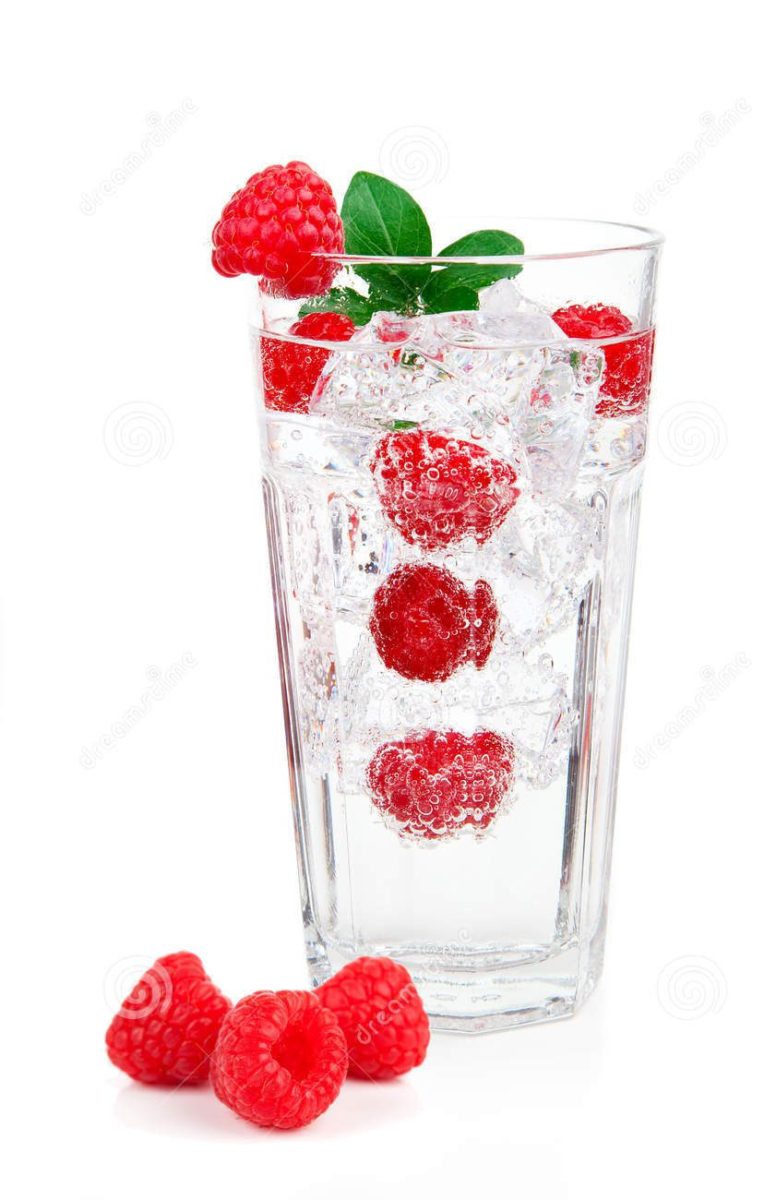Fruit Bushes from James McIntyre 2020

I bought a few fruiting bushes for Laura as although she had a go at flowers and a few peas, beans and tomatoes last year she has never grown fruit. I searched online and found a company called James McIntyre and Sons operating in Perthshire in Scotland. Delivery was prompt, plants were well packed and in good condition. They have been over wintered in the garden and we are just now potting on and planning where they will live in the garden. I would definitely use this grower again. Their product is excellent.
Rubus Idaeus Raspberry – Tulameen

Raspberry Tulameen was bred in Canada. It is a summer (July and August) fruiting variety, and is sold as an excellent variety for growing in pots. It is supposed to be disease resistant and have fruit with a sweet aromatic flavour. Instructions for pruning says remove the canes that have fruited and train in new canes for next year. The cane will probably need the support of a post. Soil must be kept moist during fruiting time. The cane will probably grow to five feet. Apply a high potash feed in February each year.
Vaccinium Corymbosum Blueberry Chandler

Chandler blueberries could have been designed for amateur growing. The taste is outstanding, the berries are large and fruit for a long season from August to September. Blueberries are a superfood with high levels of anti-oxidants and anti-cancer agents. Chandler is an upright plant growing to 4ft and is easy to cultivate. All blueberries need moist, free-draining ericaceous acidic soil. This healthy looking plant has been repotted today in a large pot of fresh ericaceous compost. We already have three other older Blueberry bushes in the garden and these fruit, whilst being self fertile do fruit better with cross pollinators nearby. Apparently they are members of the heather family and need the same conditions as any other heather. That’s news to me. Very interesting. Update 25th May 2021. This plant looks dead. I will leave it for now. Update 18th March: This Blueberry Chandler has been replaced by McIntyres for which I am very grateful. They have been a good all round family company as promised.
Green Gooseberry Hannonmaki

This is a variety of gooseberry, Hannonmaki Green, that I have grown before at the allotment. It was very rewarding large juicy fruit with a sweet taste. It is a traditional variety producing an abundance of green-yellow fruit with a fresh and tangy flavour. The hardy bushes reach a height of about three feet with attractive bushy foliage. The fruit is ready from June to July and is useful fresh or in pies, jams and crumbles. As I remember this bush looked after itself requiring a little pruning back in the winter for the following year. I have missed having fruit in the garden and look forward to the gooseberries even though only one plant I think it will provide enough for us. Update 25th May 2021. This plant looks dead. Treated exactly the same as the others too. Update 16th March: This plant has also been replaced. Excellent service.
Red Gooseberry Hannonmaki

This traditional variety has a good resistance to disease and produces a heavy crop of fruit. The ruby-red, medium-sized gooseberries are sweet when ripe in July.
Pink Currant Gloire de Sablons

The Pink Currant is another old favourite that I grew at the allotment. This particular variety is new to me though. It is sold as a heavy cropping variety fruiting in July. It is a beautiful bush visually when the fruit is hanging like jewels and the jam I used to make from them was amazing.
Red Currant Rosetta

Red Currant Rosetta is also a new variety to me but my memories of the ones I grew on the allotment are vibrant and luckily I brought back a good cutting from one of my very established bushes which has really grown well in the garden. These shrubs are very easy to propagate so when they are a couple of years old I shall take cutting from the new ones. Once planted a mulch of well-rotted manure every spring as well as a nitrogen and potassium fertiliser will help to increase the fruit production. Make sure the plant is watered in dry weather. In the first year prune back to one bud above soil level in winter. After that prune out weak branches only. The plants I bought are already two to three years old so should be ok left alone.
Apparently Jhonkeer is a parent of this new Dutch variety. I am looking forward to cooking with it and cant wait to see the large fruit hanging in glowing red clusters.
Ribes Nigrum – Blackcurrant Big Ben

Blackcurrants have always been a favourite of mine and I just love jam made from these fruits. This variety, Big Ben, has been bred by The Scottish Crop Institute. It is an early season variety producing, as its name suggests, larger than average sized fruit. It is self-fertile, cropping in July and is disease resistant.
Gojiberry

Goji berries are also known as Lycium barbarum. The goji berry is native to Asia where it has been used for more than 2,000 years as a medicinal herb and food supplement. Goji berries are widely available to purchase in health food shops and online. This is a completely new fruit to me. I have read quite a bit about it and I bought it because of its reputation as a super fruit with health giving properties.
Lycium barbarum was introduced to the United Kingdom in the 1730s by the Duke Of Argyll but the plant was mostly used for hedges and decorative gardening.
According to RHS the plants begin to fruit after two-to-three years. Berries appear from late summer until the first frosts. Only fully ripe fruit are edible. Fruit can turn black when handled so consider harvesting by shaking the berries gently from the plant onto a sheet placed beneath. Hmmmmm. Not convinced. The advice is it is best to train plants against a wall or fence tying the lax stems onto wires and to wear gloves for protection against spines. This will be an education for us. I’m not sure that I can eat these berries yet.

















